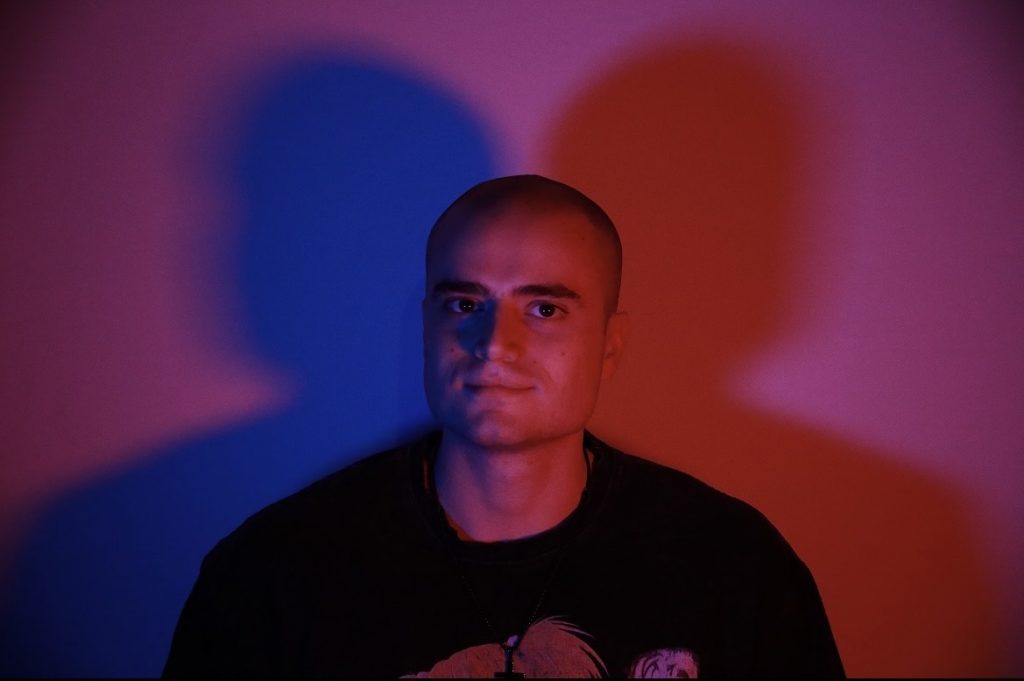Time makes stories better.
I love stories. I’ve got nothing but respect, love and admiration for great storytellers. Stories have been a staple in human culture since the beginning of time, lining the walls of caves to pages of a book. With the advent of modern technology, the avenues for storytelling have opened up exponentially. Millions of people consume stories on various platforms, like streaming services and through different mediums, like video games.
One facet of storytelling that I find really interesting is the unbeatable march of time and its effect on the artist’s vision. Whether it’s a slight delay or a decade-long hiatus, time gaps in storytelling make said stories more poignant, climactic and significant.
It can be challenging to think of many cases of stories with large gaps in entries. I have a couple examples off the top of my head. Let’s start with an example that many would know. Who hasn’t seen or at least heard of “Top Gun?” The 1986 action classic is a staple in Hollywood culture due to its iconic characters, shots and music. So, why on Earth would they make a sequel 30-odd years later? — It must have just been a cash grab right? Well, ask anyone who has watched this film, and they’ll tell you it’s a damn triumph anyway. The directors had a story to tell, and the time gap of 30 years wasn’t going to stop them.
“Top Gun Maverick,” the sequel, is an incredible film. Its action is jaw-dropping and suspenseful. Tom Cruise is a lunatic, so you know the shots are going to do their best to be practical and look like the actors almost got flattened in their Tomcats. What’s even more impressive is how it weaves a narrative about passing the torch to the next generation with overcoming guilt and grief while doing so. All of these themes are explored in a bombastic movie about rugged and beautiful soaring in cool fighter jets. It’s incredible what great writing and visual spectacle can do to a story, and some even believe it’s better than the original.
Another example of this is a much more niche pick, so some context is needed. “Devil May Cry (DMC)” is a Japanese action game series that started in 2001. It’s one of my favorites, and I’ve played the games in the series more times than I can count. The story is essentially about a devil hunter named Dante and his friends and enemies taking out demons, fighting each other — real cool and stylish stuff. The fourth game was released in 2008, but, then, the series was quiet for a while. That was until 2019, when the fifth game came out. High-school-me was over the damn moon with excitement. It’s been over 11 years since fans saw these characters, so, of course, there were a ton of high expectations.
I remember going to the early release of this game junior year of high school. Early releases are huge deals usually, but there was no one at the theater funnily enough. I have great memories of playing this game, and I remember how blown away I was by the story. Just like “Top Gun,” “DMC 5” is a story about an old guard passing the torch to the next generation. Dante comes to peace with the rivalry he has with his twin brother Vergil, while ushering in Nero, his nephew, into, essentially, the family business. This story was 11 years in the making. It would not have had the impact that it did if less time had passed, and this game could’ve been trash, but it was the opposite. I still think about this game to this day.
It’s interesting to see just how similar both these stories are. At their core, the vast amount of time in between the original and the sequel is what makes the newer installment so memorable. Hype and massive expectations were at an all time high, but both of these stories exceeded their expectations. Some artists look at a time gap in work as a hindrance. Time is inevitable. What it does in between art is make these works more significant and emotional.
Nicolas Scagnelli is a senior majoring in English.



